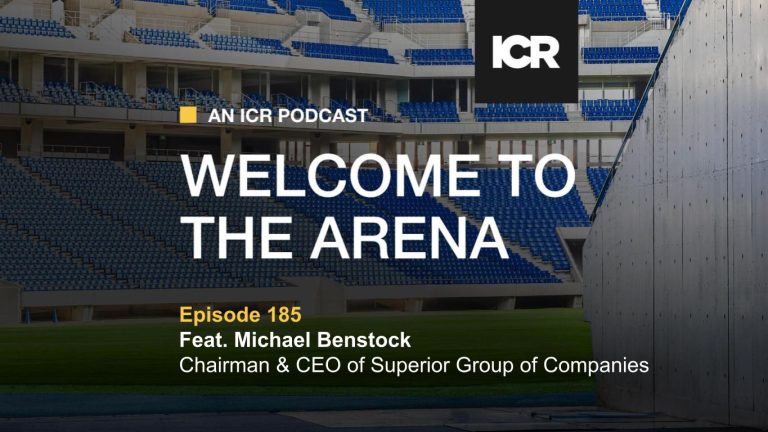For a public company, executive transitions, especially for a CEO, are among the most high-profile corporate events the company will face — they impact business strategy and can lead to the company’s continued success or failure.
The plot of HBO’s hit series, Succession, offers some good lessons on what not to do when making a change in executive leadership. The series is focused on who will replace industry titan Logan Roy, CEO of Waystar Royco, a multi-billion dollar media conglomerate (inspired by Rupert Murdoch and News Corp., respectively). Much of the first three seasons of Succession involved Roy’s children, Kendall, Shiv and Roman, angling to be their father’s replacement. Despite Logan Roy’s reputation as a feared dealmaker and uncompromising executive, much of the storyline is dictated by Logan’s lack of a coherent succession plan.
Given that the CEO is often the face and voice of the organization, a change (or even the notion of angling for power) at the top can lead to loss of investor confidence, disruption to operations and losses of other key employees. When communicating an executive transition, it is critical to map out key stakeholders and anticipate questions they will want answered, such as:
- What prompted the transition?
- Was it related to poor performance?
- How does this impact the go-forward strategy?
- Was it a personal decision or a board decision?
- Who is leading the company now?
- How does this effect my role as an employee? Will there be more people losing their jobs?
- As a partner/supplier, who do I speak with now that the CEO is gone?
Companies should consider all of these questions and more when communicating the transition whether it is planned or unplanned.
In the Succession plot line (spoiler alert), CEO Logan Roy unexpectedly dies leaving no clear designated successor. Without a clear leader, his children are left to decide the direction of Waystar Royco in advance of a transformational acquisition.
This plot line shines a spotlight on why corporate Boards need an emergency plan for a sudden or unplanned CEO departure, including strong interim candidates who can step in quickly to provide stability while the Board plans a smooth, formal, long-term transition.
Whether TV or reality, some executive transitions are not planned in advance. However, even in surprise situations, a thoughtful communications plan can frame messaging for internal and external audiences in a manner that exudes continuity, confidence and near-term stability. An executive transition communications plan will help protect shareholder value, keep employees focused on their jobs and assist the new CEO by providing a stable platform to lead from.
Dive further into the planning and communications around an executive leadership change in our eBook, Communications for an Executive Leadership Change.



